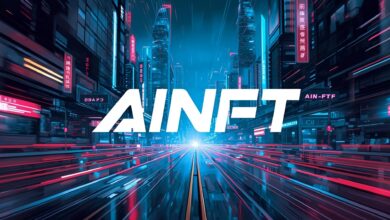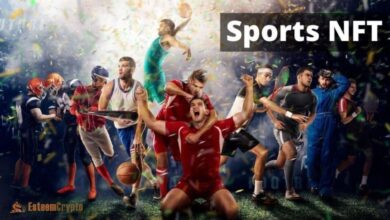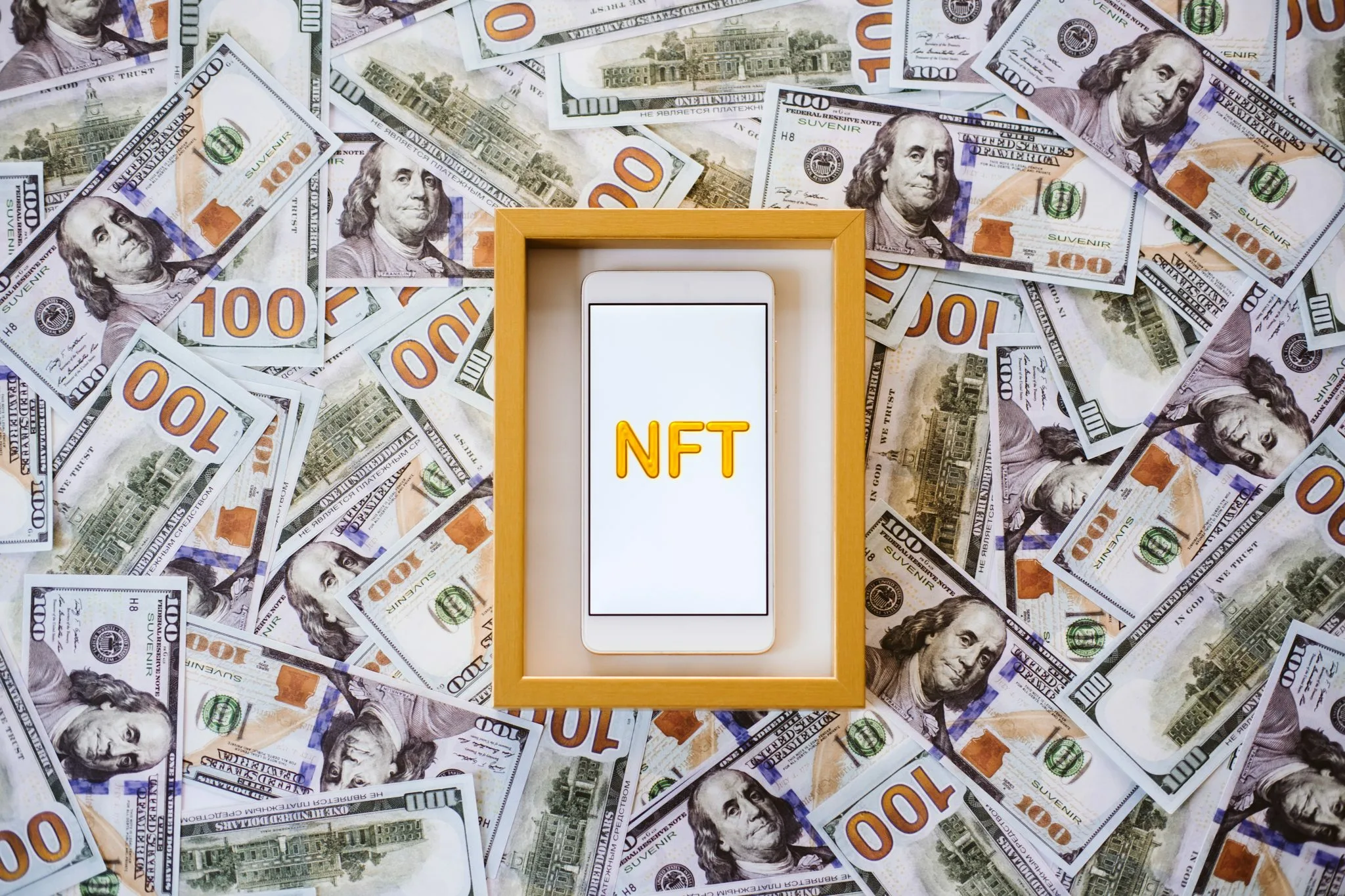NFT Fractional Ownership Platform Complete Guide to Shared Digital Assets
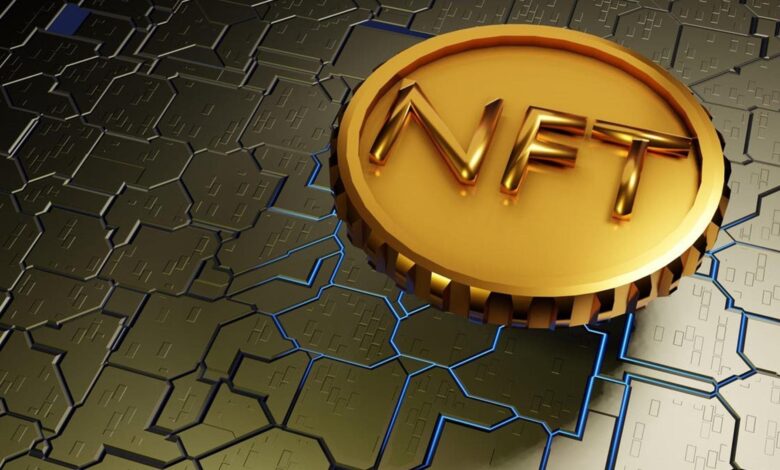
The world of digital assets has evolved dramatically, and an NFT fractional ownership platform is revolutionizing how investors access high-value non-fungible tokens. These innovative platforms break down expensive NFTs into affordable fractions, allowing multiple investors to own shares of premium digital assets that were previously accessible only to wealthy collectors.
Fractional ownership has transformed traditional investment markets for decades, from real estate to fine art. Now, this concept is reshaping the NFT landscape through specialized platforms that democratize access to blue-chip digital assets. Whether you’re interested in owning a fraction of a Bored Ape Yacht Club NFT or sharing ownership of digital real estate in the metaverse, these platforms provide the infrastructure and security needed for shared digital asset investment.
What is an NFT Fractional Ownership Platform
An NFT fractional ownership platform is a specialized digital marketplace that enables multiple users to collectively own portions of a single non-fungible token. These platforms utilize smart contracts to divide expensive NFTs into smaller, tradeable fractions called F-NFTs (Fractional NFTs) or governance tokens.
The process works through tokenization, where the original NFT is locked in a smart contract vault, and fractional tokens representing ownership shares are minted and distributed to investors. Each fractional token holder owns a proportional stake in the underlying NFT and may receive benefits such as voting rights, revenue sharing, or access to exclusive content.
Key Components of Fractional NFT Platforms
Fractional ownership platforms typically include several essential components that ensure smooth operation and user protection. The smart contract infrastructure forms the backbone, automatically handling token distribution, governance protocols, and revenue sharing mechanisms.
User interfaces provide intuitive dashboards where investors can browse available fractionalized NFTs, purchase fractions, monitor their portfolio performance, and participate in governance decisions. Advanced analytics tools help users make informed investment decisions by displaying historical price data, ownership distribution, and market trends.
Security features protect both the underlying NFTs and user funds through multi-signature wallets, insurance protocols, and regular smart contract audits. Many platforms also implement KYC (Know Your Customer) procedures to comply with regulatory requirements and prevent fraudulent activities.
How NFT Fractional Ownership Platforms Work
The Fractionalization Process
The fractionalization process begins when an NFT owner decides to tokenize their asset through a fractional ownership platform. The owner deposits their NFT into a smart contract vault, which acts as a secure custodian for the digital asset. The platform then creates a predetermined number of fractional tokens, each representing a percentage of ownership in the original NFT.
These fractional tokens are typically ERC-20 compatible, making them easily tradeable on decentralized exchanges and compatible with various DeFi protocols. The original NFT remains locked in the vault until specific conditions are met, such as a buyout threshold or community vote to liquidate the asset.
Governance and Decision Making
Most NFT fractional ownership platforms implement governance mechanisms that allow token holders to participate in important decisions regarding their shared assets. Governance rights often include voting on whether to sell the NFT, setting minimum buyout prices, choosing display venues for digital art, or deciding on licensing agreements.
Voting power typically correlates with the number of fractional tokens held, ensuring that larger stakeholders have proportionally more influence while still allowing smaller investors to participate in collective decision-making. Some platforms use quadratic voting systems to balance influence more equitably among participants.
Revenue Distribution Mechanisms
When fractionalized NFTs generate revenue through licensing, exhibitions, or other commercial activities, the income is distributed proportionally among fractional token holders. Smart contracts automatically calculate and distribute payments, ensuring transparency and eliminating the need for manual intervention.
Revenue sources may include royalties from secondary sales, licensing fees for commercial use, virtual exhibition fees, or income from utility-based NFTs such as gaming assets or metaverse properties. The automated distribution system typically operates on predetermined schedules, such as monthly or quarterly payments.
Benefits of Using an NFT Fractional Ownership Platform
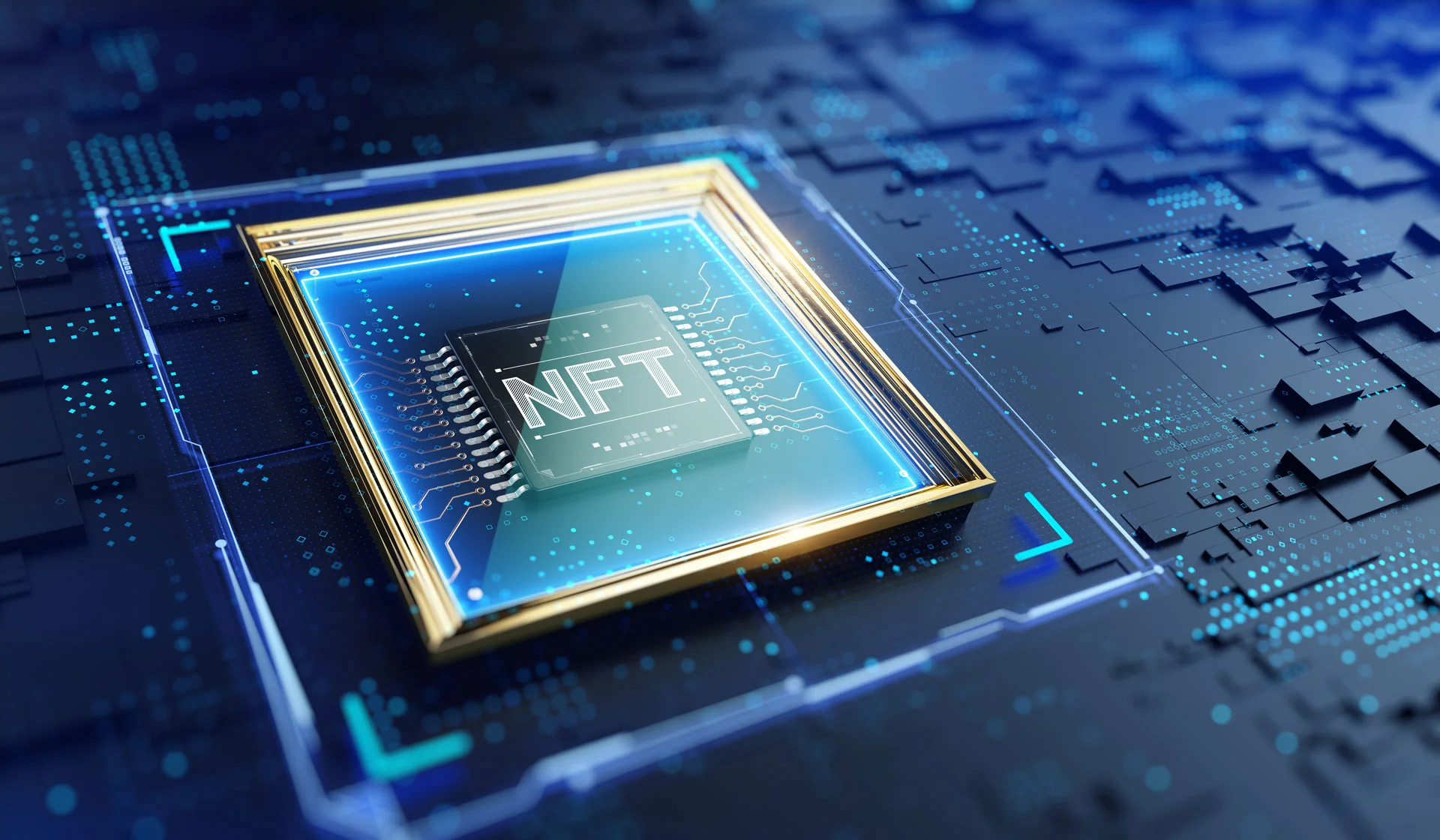
Democratized Access to Premium Assets
The primary advantage of fractional ownership platforms is democratizing access to high-value NFTs that would otherwise be unaffordable for individual investors. Blue-chip collections like CryptoPunks, Bored Ape Yacht Club, or Art Blocks pieces often sell for hundreds of thousands or millions of dollars, making them accessible only to wealthy collectors.
Fractionalization allows investors with limited budgets to own stakes in prestigious digital assets, potentially benefiting from appreciation while participating in exclusive communities and accessing holder benefits. This democratization helps create more liquid markets and broader participation in the NFT ecosystem.
Enhanced Liquidity and Price Discovery
Traditional NFT markets often suffer from illiquidity, with assets sometimes remaining unsold for extended periods. Fractional ownership platforms address this challenge by creating more liquid markets for expensive NFTs through smaller, more affordable trading units.
The continuous trading of fractional tokens provides better price discovery mechanisms, offering real-time market valuations for underlying NFTs. This improved liquidity benefits both buyers and sellers, creating more efficient markets and reducing the impact of large individual trades on asset prices.
Risk Distribution and Portfolio Diversification
Fractional ownership enables investors to diversify their NFT portfolios across multiple high-value assets rather than concentrating risk in a single expensive purchase. This diversification strategy helps mitigate risks associated with individual asset volatility while maintaining exposure to premium digital art and collectibles.
Investors can build balanced portfolios by owning fractions of different NFT categories, including art, gaming assets, virtual real estate, and utility tokens. This approach reduces the impact of poor performance in any single asset category while maximizing potential upside across diverse digital asset classes.
Top NFT Fractional Ownership Platforms in 2025
Established Market Leaders
Several platforms have emerged as leaders in the fractional NFT space, each offering unique features and specializing in different asset types. These platforms have demonstrated reliability, security, and user adoption while building robust ecosystems around shared digital asset ownership.
Leading platforms typically offer comprehensive services including asset curation, legal compliance, insurance options, and integrated DeFi features. They maintain strong relationships with major NFT collections and provide institutional-grade infrastructure for professional investors and collectors.
Emerging Platforms and Innovation
The fractional NFT space continues evolving with new platforms introducing innovative features such as dynamic fractionalization, cross-chain compatibility, and integration with traditional financial systems. These emerging platforms often focus on specific niches or offer enhanced user experiences through advanced technology implementations.
Innovation areas include artificial intelligence-powered asset valuation, social trading features, gamification elements, and integration with metaverse platforms. Some newer platforms are exploring regulatory-compliant structures that bridge traditional finance with decentralized ownership models.
Investment Strategies for Fractional NFT Ownership
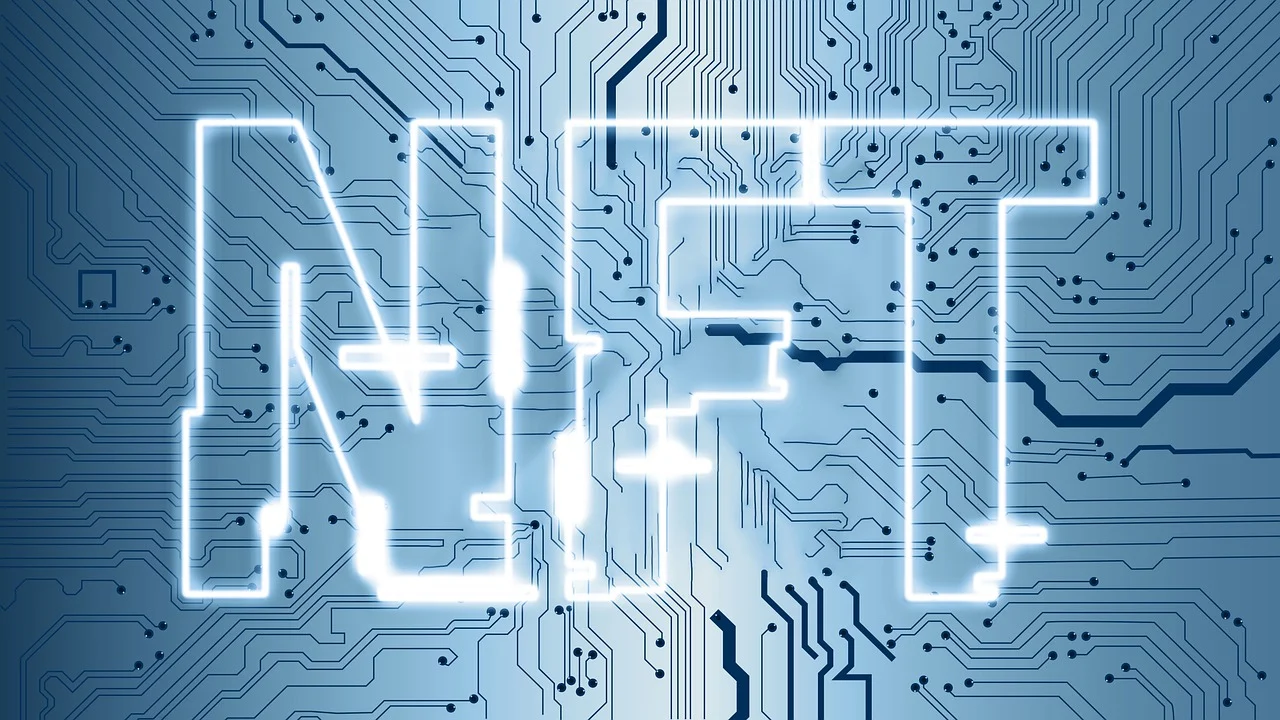
Research and Due Diligence
Successful fractional NFT investing requires thorough research into both the underlying assets and the platforms facilitating ownership. Investors should evaluate the historical performance, rarity, and cultural significance of NFT collections before committing funds to fractional ownership positions.
Platform evaluation should include examining the team’s experience, security measures, fee structures, and governance mechanisms. Understanding the smart contract architecture, insurance coverage, and exit strategies helps investors make informed decisions about platform selection and risk management.
Portfolio Construction Approaches
Effective portfolio construction in fractional NFT investing involves balancing exposure across different asset categories, time horizons, and risk levels. Conservative investors might focus on established blue-chip collections with strong historical performance, while more aggressive strategies could include exposure to emerging artists or experimental digital assets.
Geographic and cultural diversification can also play important roles, as NFT markets may exhibit different trends across regions and demographics. Some investors adopt thematic approaches, focusing on specific sectors like gaming, virtual real estate, or digital fashion.
Risk Management Techniques
Risk management in fractional NFT investing encompasses several key strategies, including position sizing, diversification, and regular portfolio rebalancing. Investors should avoid overconcentration in any single asset or platform while maintaining exposure levels appropriate for their risk tolerance and investment objectives.
Monitoring governance activities and staying informed about platform developments helps investors make timely decisions about their holdings. Setting clear exit criteria and understanding the mechanisms for liquidating positions ensures investors can respond effectively to changing market conditions.
Legal and Regulatory Considerations
Securities Law Implications
The regulatory status of fractional NFTs remains evolving, with different jurisdictions taking varying approaches to classification and oversight. In some cases, fractional tokens may be considered securities, subjecting them to registration requirements and investor protection regulations.
Investors should understand the legal implications of fractional NFT ownership in their jurisdictions and ensure compliance with relevant securities laws. Some platforms implement accredited investor requirements or geographic restrictions to address regulatory concerns.
Tax Implications and Reporting
Fractional NFT ownership creates complex tax implications that vary significantly across jurisdictions. Investors may need to track capital gains and losses from both the fractional tokens and any distributed revenues from the underlying NFTs.
The timing of tax events, including purchases, sales, and distributions, requires careful record-keeping and potentially professional tax advice. Some platforms provide tax reporting tools to help investors maintain accurate records for compliance purposes.
Intellectual Property Rights
Fractional ownership may complicate intellectual property rights associated with NFTs, particularly regarding commercial usage rights and licensing arrangements. Investors should understand what rights accompany their fractional ownership and how these rights are managed collectively.
Governance mechanisms for intellectual property decisions become crucial when multiple parties share ownership, requiring clear protocols for licensing, merchandising, and other commercial activities involving the underlying digital assets.
Technology Infrastructure and Security
Smart Contract Architecture
The security and functionality of fractional ownership platforms depend heavily on robust smart contract architecture. These contracts must handle complex operations including token minting, governance voting, revenue distribution, and buyout mechanisms while maintaining security and gas efficiency.
Multi-signature implementations, time locks, and emergency pause mechanisms provide additional security layers protecting both platform operators and users. Regular smart contract audits by reputable security firms help identify and address potential vulnerabilities before they can be exploited.
Blockchain Interoperability
As the NFT ecosystem spans multiple blockchains, many fractional ownership platforms are implementing cross-chain compatibility to access diverse asset pools and user bases. This interoperability requires sophisticated bridge protocols and multi-chain infrastructure to maintain security while enabling seamless asset transfers.
Layer 2 solutions and sidechains help address scalability challenges while reducing transaction costs for users. These technical improvements make fractional ownership more accessible to smaller investors who might be deterred by high gas fees on main networks.
Data Security and Privacy
Protecting user data and maintaining privacy while complying with regulatory requirements presents ongoing challenges for fractional ownership platforms. Implementations must balance transparency requirements with user privacy expectations and regulatory compliance obligations.
Advanced encryption, secure key management, and privacy-preserving technologies help protect sensitive user information while maintaining the transparency benefits of blockchain technology. Regular security assessments and incident response procedures ensure platforms can respond effectively to potential threats.
Market Trends and Future Outlook
Growing Institutional Adoption
Institutional investors are increasingly recognizing fractional NFTs as legitimate alternative investments, driving demand for more sophisticated platform features and regulatory compliance. This institutional adoption is spurring the development of enterprise-grade tools, enhanced reporting capabilities, and integration with traditional portfolio management systems.
Institutional participation also drives improvements in market infrastructure, including better price discovery mechanisms, deeper liquidity pools, and more stable market conditions. These developments benefit retail investors by creating more mature and efficient markets.
Integration with Traditional Finance
The convergence of traditional finance and decentralized ownership models is creating new opportunities for fractional NFT platforms. Partnerships with established financial institutions, integration with traditional brokerages, and development of regulated investment products are expanding access to fractional NFT investments.
These integrations may include fractional NFT ETFs, institutional custody solutions, and traditional payment method support. Such developments could significantly expand the addressable market for fractional NFT platforms while providing additional legitimacy and regulatory clarity.
Technological Advancements
Emerging technologies, including artificial intelligence, virtual reality, and advanced analytics, are enhancing fractional ownership platforms’ capabilities. AI-powered valuation models provide more accurate asset pricing, while VR integration enables immersive experiences for shared digital art ownership.
Advanced analytics help investors make better decisions through sophisticated market analysis tools, predictive modeling, and social sentiment analysis. These technological improvements continue expanding the utility and appeal of fractional NFT ownership platforms.
Challenges and Limitations
Liquidity and Exit Strategies
Despite improvements in liquidity, fractional NFT markets may still experience periods of low trading volume, making it difficult for investors to exit positions quickly. Platform-specific tokens may have limited trading venues, concentrating liquidity ri,sk and potentially creating significant price disparities.
Buyout mechanisms, while providing eventual exit opportunities, may not always reflect fair market values or may be difficult to trigger due to coordination challenges among numerous fractional owners. These limitations require careful consideration when developing investment strategies and risk management approaches.
Governance Complexities
Coordinating decisions among numerous fractional owners can be challenging, particularly for time-sensitive opportunities or complex commercial arrangements. Voter apathy, conflicting interests, and coordination costs may impede effective governance and potentially reduce asset values.
Different ownership percentages, varying time horizons, and diverse investment objectives among fractional owners can complicate decision-making processes. Platforms must balance democratic participation with efficient governance structures to maintain asset value and investor satisfaction.
Technical Risks and Platform Dependencies
Fractional ownership platforms create technical dependencies that introduce additional risks for investors. Smart contract bugs, platform failures, or security breaches could result in loss of access to underlying assets or fractional tokens.
Platform-specific implementations may create lock-in effects, making it difficult to transfer fractional ownership to alternative platforms or exit strategies. These technical risks require careful platform evaluation and potentially diversification across multiple platforms for larger investments.
Also Read: NFT Fractional Ownership Guide: How to Invest in Shared Digital Assets (2025)
Conclusion
NFT fractional ownership platforms represent a significant evolution in digital asset accessibility, democratizing investment opportunities in premium non-fungible tokens while creating new markets and liquidity mechanisms. These platforms address key barriers to NFT investing, including high prices, illiquidity, and concentration risk, while providing innovative governance and revenue-sharing mechanisms.
Success in fractional NFT investing requires understanding platform mechanics, conducting thorough due diligence, and implementing appropriate risk management strategies. As the market matures and regulatory frameworks develop, fractional ownership platforms will likely become increasingly sophisticated and accessible to broader investor audiences.
The future of NFT fractional ownership platforms looks promising, with technological advancements, institutional adoption, and traditional finance integration driving continued growth and innovation. For investors seeking exposure to high-value digital assets without the barriers of individual ownership, these platforms provide compelling opportunities to participate in the evolving NFT ecosystem.


